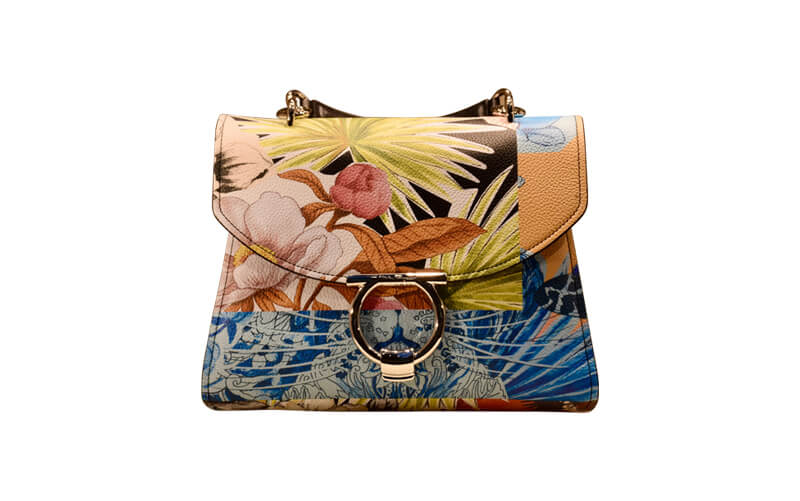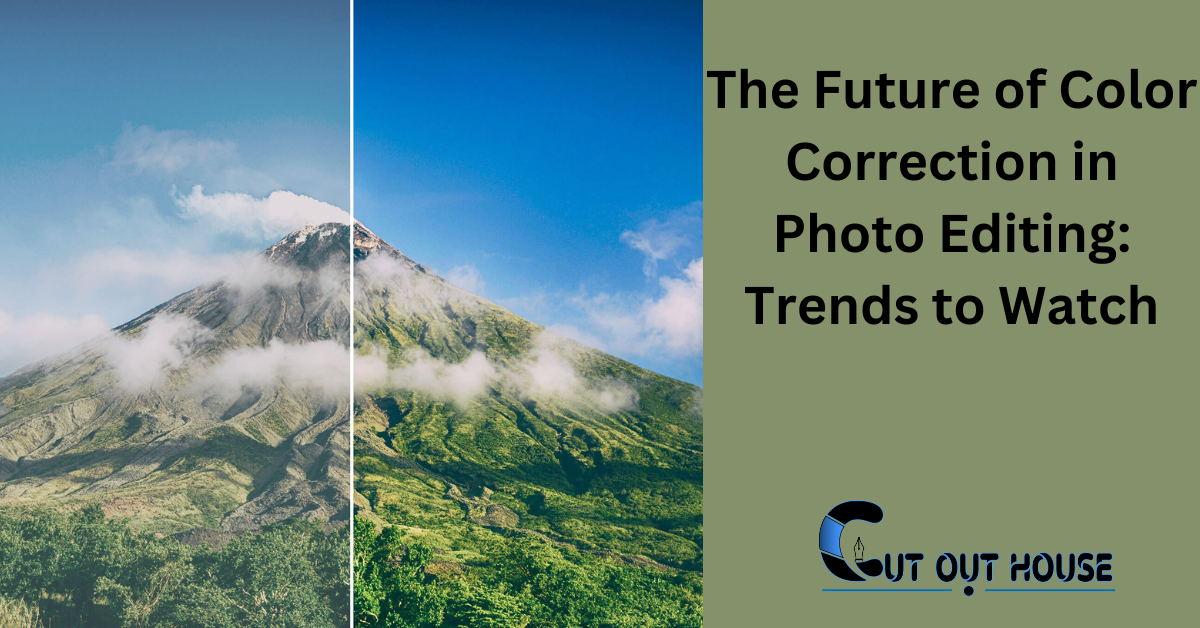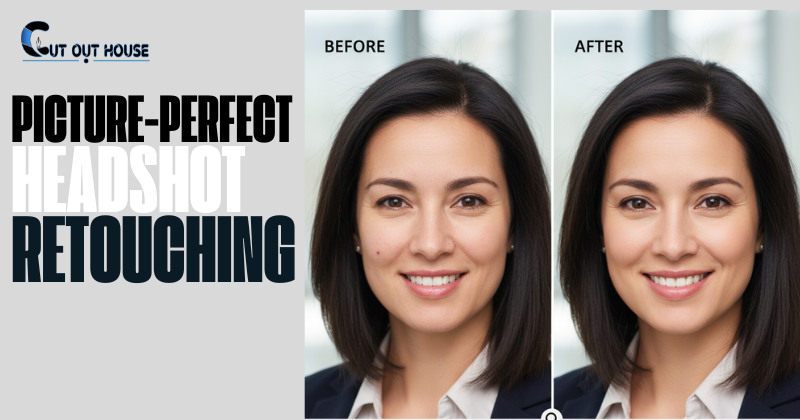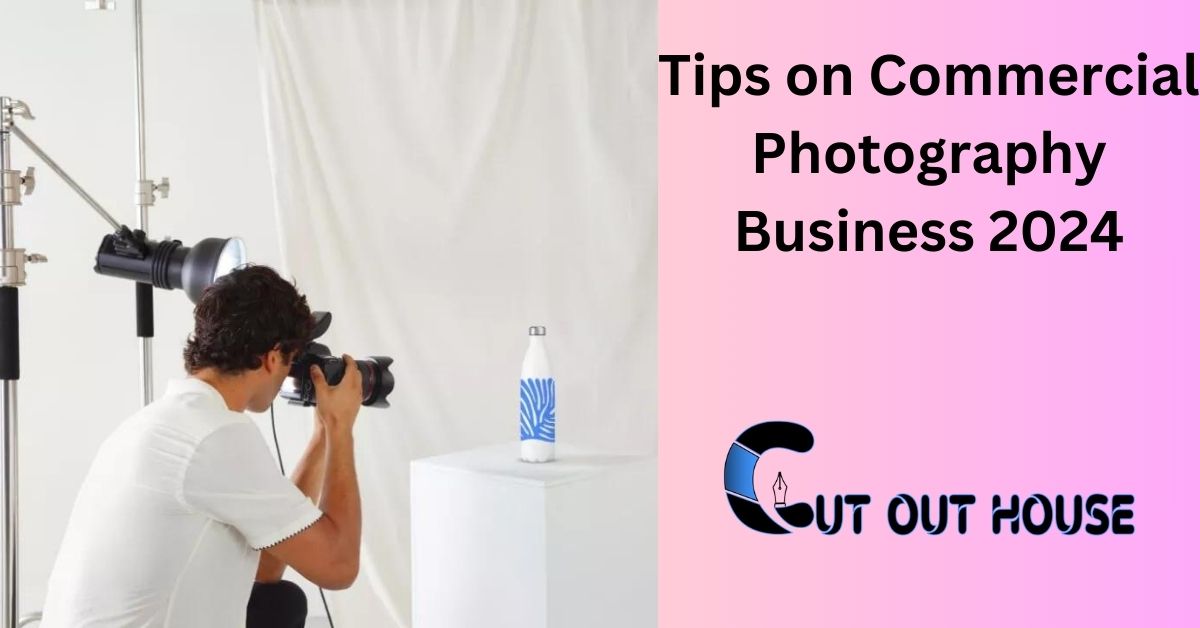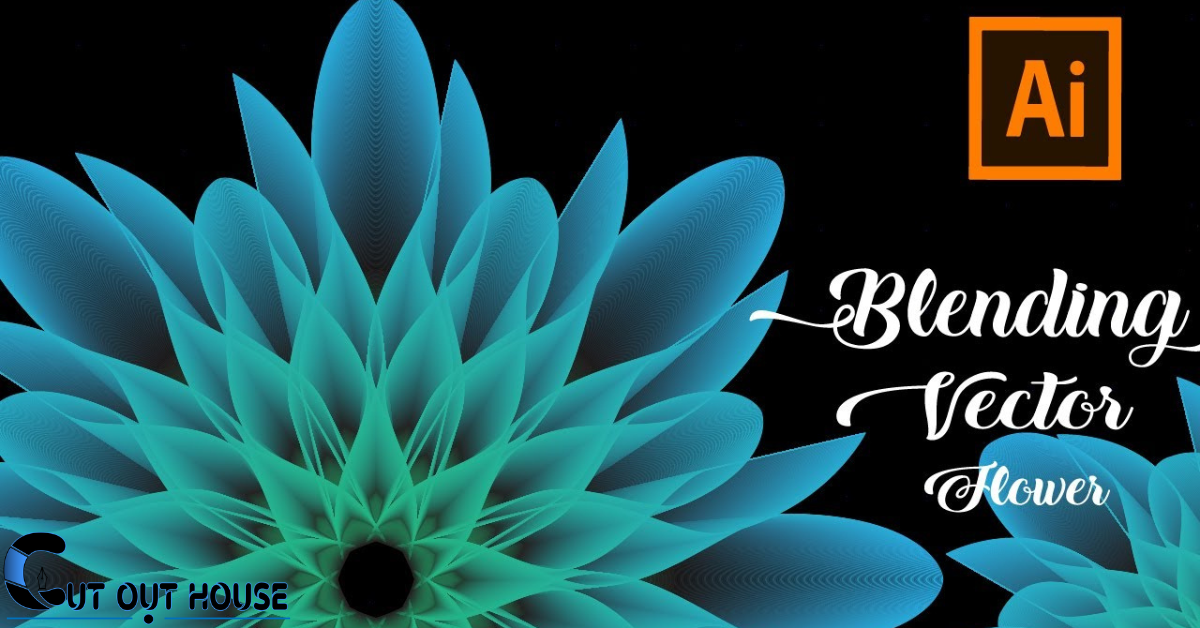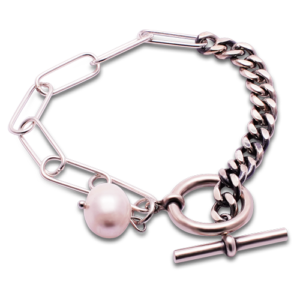The future of color correction in photo editing is set to redefine visual aesthetics with emerging trends. Anticipate dynamic changes in technology and practices to enhance the quality of images.
As AI continues to automate tasks like color correction, noise reduction, and exposure editing, staying ahead of these trends will be crucial for mastering color correction in photo editing. Explore the evolving landscape of color correction technology to ensure your work remains at the forefront of industry standards.
With the comprehensive guide to future trends, you can adapt to the changing demands of color correction in photo editing.
The Evolution Of Color Correction
Color correction has evolved significantly over the years, from manual adjustments to automation. The past techniques have greatly influenced the future trends in photo editing. It is important to note that color correction is a technical process that involves adjusting the levels of different colors in an image so that they appear more natural. The goal is to make sure the colors in your photo match up with the real-life colors of the scene or subject you’re photographing. With the advancement of technology, AI is capable of automating many repetitive tasks such as color correction, noise reduction, and basic exposure editing, which increases efficiency and speed. The future of color correction in photo editing is promising, with emerging trends set to redefine visual aesthetics.
Ai And Machine Learning
The future of color correction in photo editing is heavily influenced by AI and machine learning. These technologies are revolutionizing the way we calibrate colors in images. With automated color calibration, AI algorithms can analyze the image and make adjustments to ensure accurate and consistent color representation.
Additionally, personalized editing algorithms are becoming more prevalent. These algorithms are trained on vast datasets and can understand individual preferences and editing styles. By incorporating these algorithms into photo editing software, users can achieve their desired color correction effortlessly.
Advanced Software Integration
With the future of color correction in photo editing, seamless workflow enhancements are crucial. This involves advanced software integration to ensure cross-platform compatibility. The integration of various tools and applications aims to streamline the editing process and improve efficiency. By seamlessly connecting different software and platforms, editors can work more effectively and achieve better results. The trend towards advanced software integration is set to revolutionize the way color correction is approached, allowing for a more cohesive and integrated editing experience.
The Role Of Virtual Reality
The future of color correction in photo editing is evolving with the integration of virtual reality (VR) technology. Immersive editing environments powered by VR offer real-time color adjustments and a more intuitive editing experience. This trend is revolutionizing the way photographers and graphic designers enhance images by providing a seamless and interactive platform for manipulating colors and tones. With VR, professionals can precisely fine-tune colors and immediately visualize the impact of their adjustments, leading to more efficient and accurate color correction processes. As VR continues to advance, its role in color correction is expected to become increasingly prominent, shaping the future of photo editing.
Influence Of Social Media
Color correction in photo editing is an essential process that involves adjusting the levels of different colors in an image so that they appear more natural and unified. With the increasing influence of social media, trend-driven color aesthetics have become more prevalent than ever.
When it comes to the future of color correction, emerging trends are set to redefine visual aesthetics. AI-powered automation is capable of speeding up repetitive tasks such as color correction, noise reduction, and basic exposure editing, making the process more efficient and faster. As we look ahead, it’s important to stay ahead of the curve by exploring future trends in color correction technology and practices.
Color Correction For Video
Color correction is an essential aspect of photo and video editing. It involves adjusting the color levels of an image or footage to make them look more natural and unified. One of the emerging trends in color correction for video is the High Dynamic Range (HDR) evolution. This technology provides a wider range of color and brightness, resulting in more realistic and vibrant visuals. Another important aspect of color correction is the use of Log formats and LUT applications. These tools allow editors to match the colors between different video clips and apply specific color grading styles to achieve the desired look. As technology advances, we can expect more innovative color correction techniques and tools to emerge, making the editing process faster and more efficient.
Environmental And Ethical Considerations
When it comes to Environmental and Ethical Considerations, color correction in photo editing is evolving to include Sustainable Editing Practices and address the Ethical Implications of Color Manipulation. Sustainable practices involve reducing the environmental impact by using energy-efficient equipment and minimizing waste. Ethical implications revolve around the responsible use of color manipulation to avoid misrepresentation and manipulation of reality. Adhering to these considerations will shape the future of color correction in photo editing, ensuring a more sustainable and ethical approach.
Education And Skill Development
Education and skill development in color correction and photo editing are evolving with the rise of online learning platforms. These platforms offer community-driven knowledge sharing to help individuals enhance their skills and stay updated with the latest trends. Online learning platforms provide access to a diverse range of courses and tutorials, allowing aspiring professionals to learn at their own pace and convenience. Through these platforms, individuals can delve into various aspects of color correction, including advanced techniques and emerging technologies. This fosters a collaborative learning environment where participants can exchange ideas, seek feedback, and gain insights from industry experts.
Predicting The Unpredictable
The future of color correction in photo editing is constantly evolving. It’s driven by emerging technologies and the ever-changing demands of consumers. As technology advances, new tools and techniques are being developed to provide more efficient and accurate color correction solutions. This includes the use of artificial intelligence (AI), which has the capability to automate repetitive tasks such as color correction, noise reduction, and exposure editing, leading to increased efficiency and speed in the editing process. Additionally, the focus is shifting towards enhancing the original quality of the image rather than overshadowing it with heavy editing effects. This trend aims to create a more natural and visually appealing final result.
Frequently Asked Questions
What Is The Future Of Photo Editing?
The future of photo editing is heavily influenced by Artificial Intelligence and machine learning. With AI, photo editing will become more automated and efficient. It will allow for the editing of photos in real-time and enhance creativity.
Why Is Color Correction Important In Editing?
Color correction is important in editing because it unifies footage by fixing issues with color and matching hues and tones to appear natural. It ensures that colors in photos or videos match the real-life colors of the scene or subject being captured.
By adjusting color levels, color correction enhances the overall visual aesthetics and creates a cohesive look throughout the project.
What Is Colour Correction In Photo Editing?
Color correction in photo editing is a technical process of adjusting the levels of different colors in an image to make them appear more natural and match the real-life colors of the scene or subject being photographed. It is important in editing because it unifies the colors in the footage and ensures consistency between video clips.
How Is Color Correction Important In Photo Editing?
Color correction is crucial in photo editing as it helps to unify the colors in your footage. Fixing any issues and ensuring they match the natural hues and tones of the scene or subject. By adjusting the levels of different colors, color correction creates a more realistic and visually appealing image.
Conclusion
The future of color correction in photo editing is set to be dynamic and exciting. Emerging trends are reshaping visual aesthetics, offering new possibilities and enhancing the editing process.
Additionally, the focus is shifting towards enhancing the original quality of the image rather than overshadowing it with excessive effects. By staying updated with the latest trends and exploring new technologies, photographers and editors can master the art of color correction and create stunning visuals.


